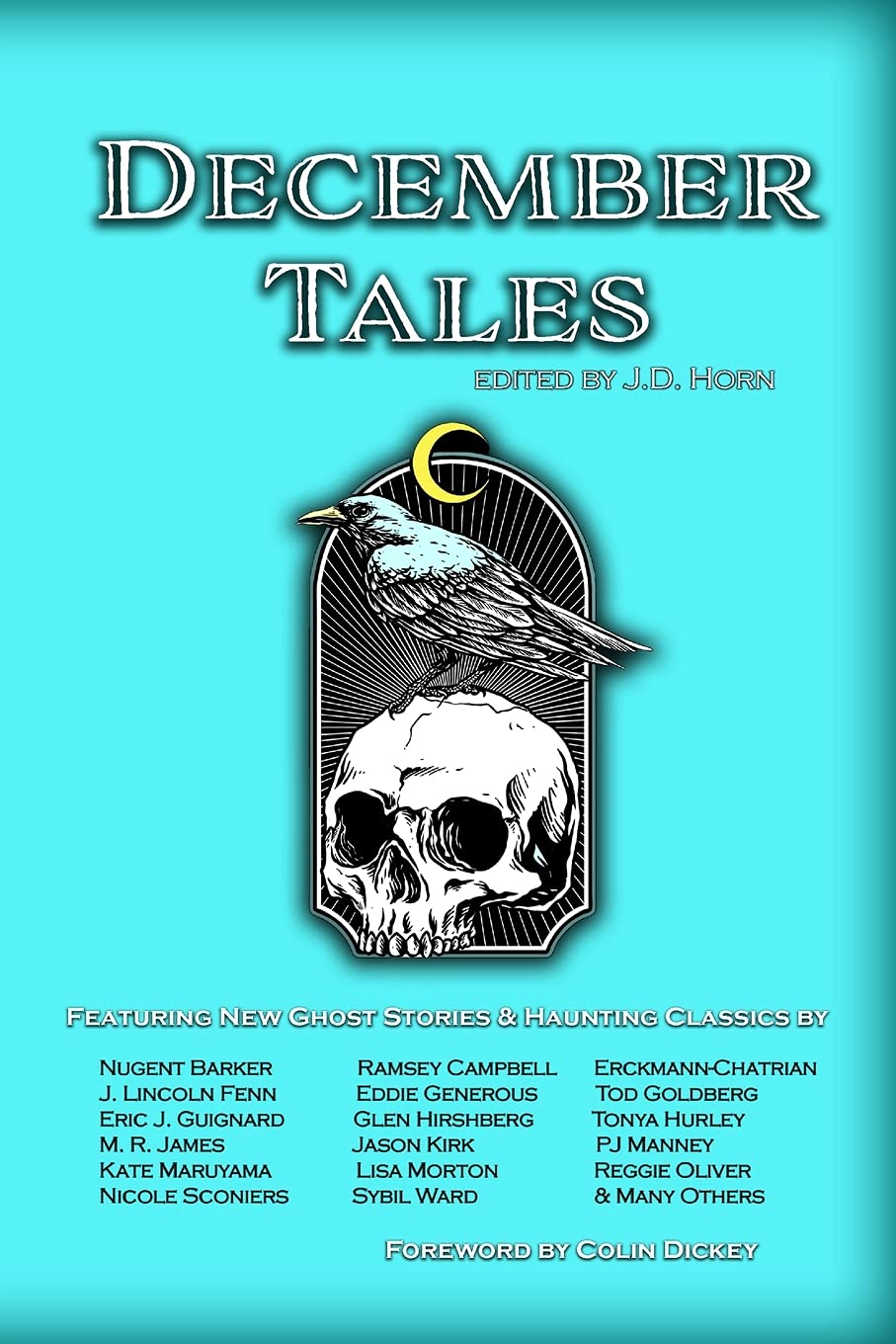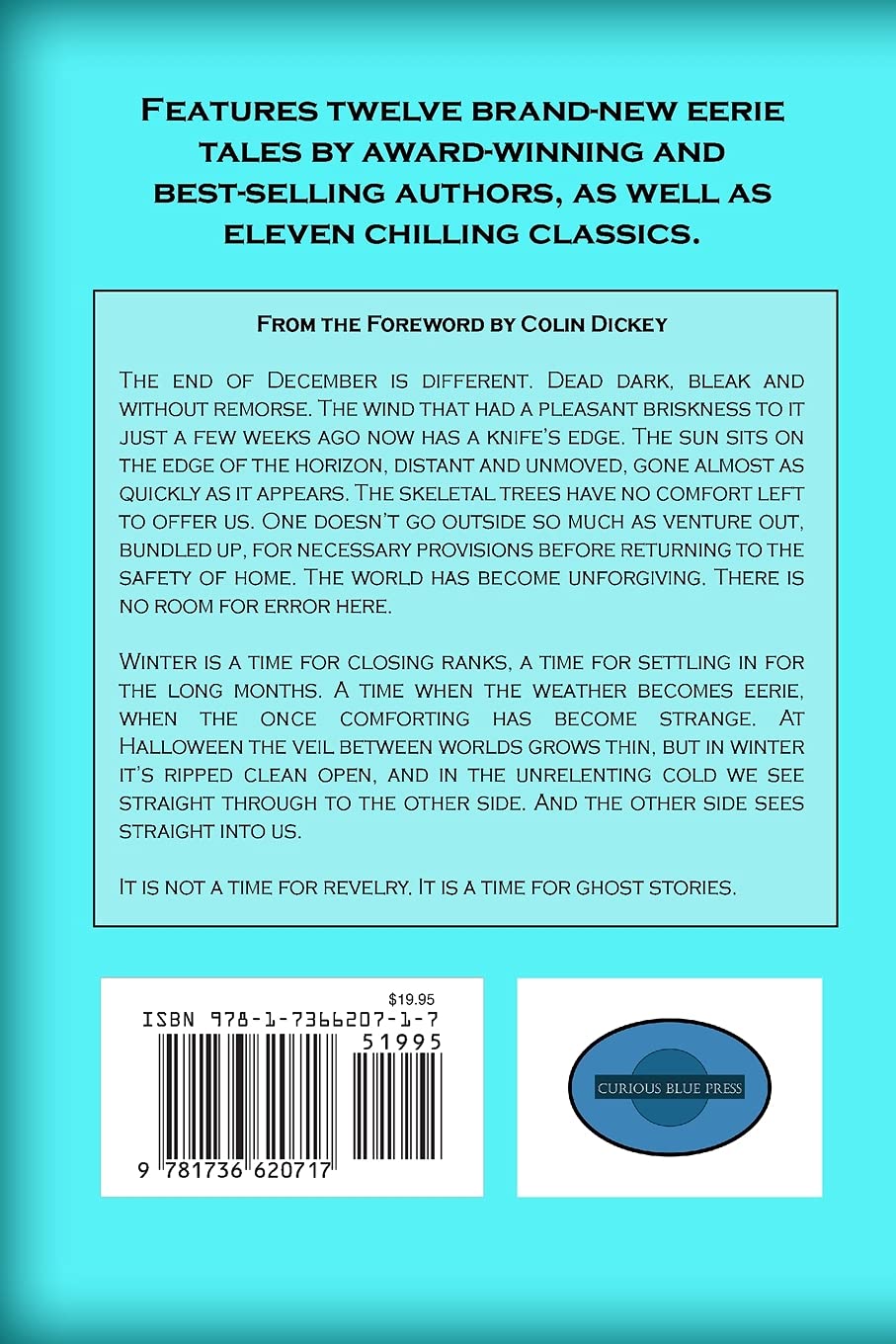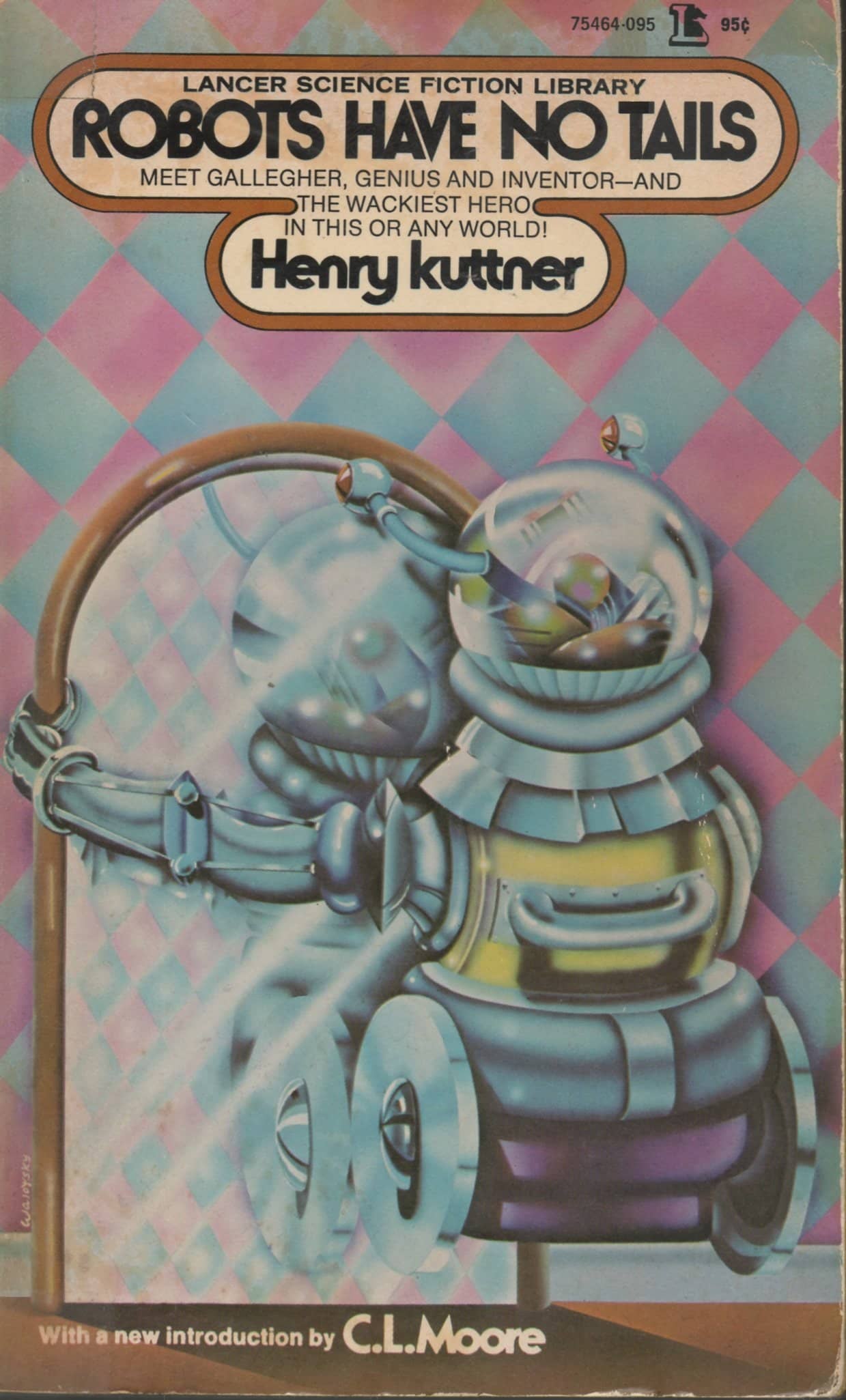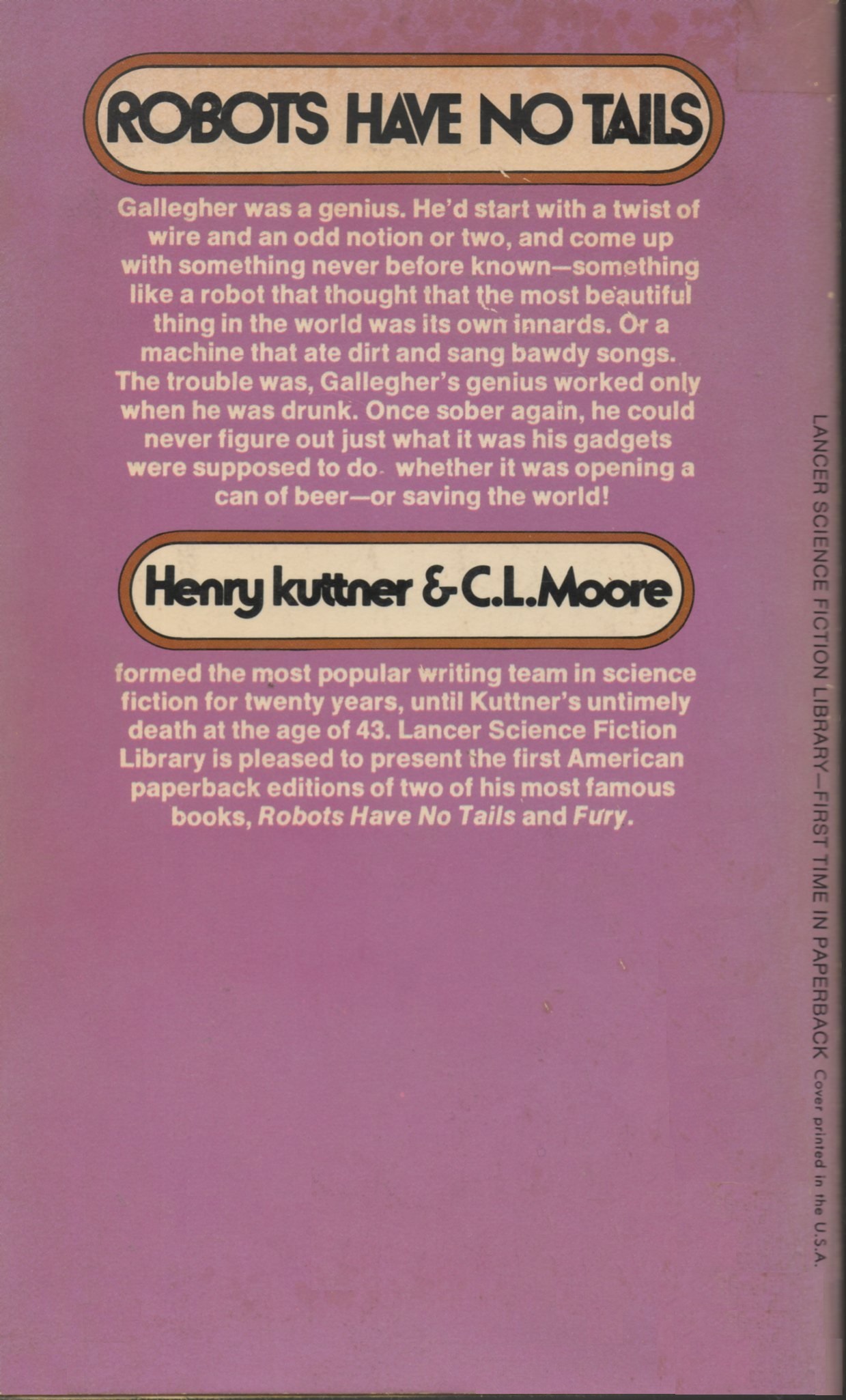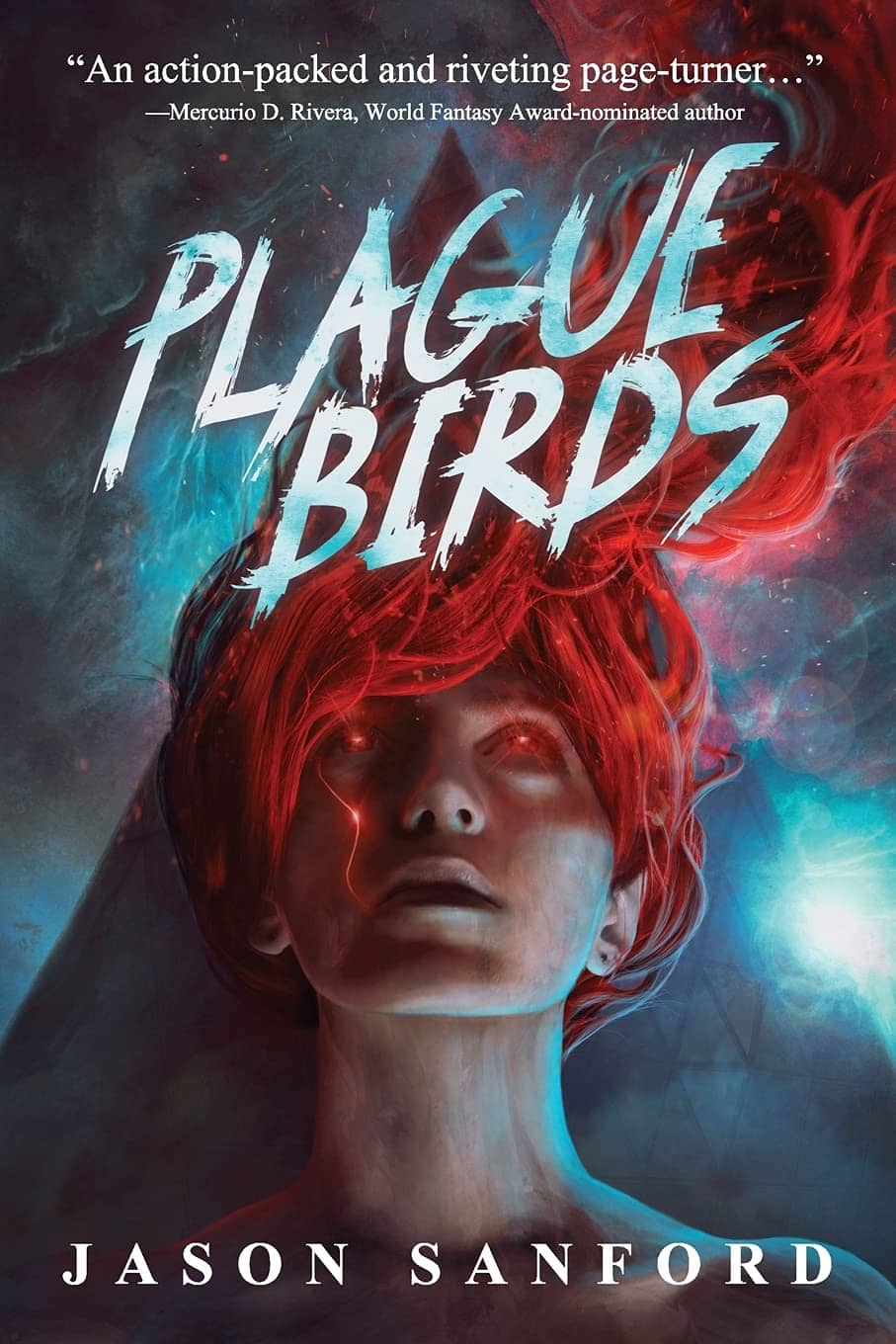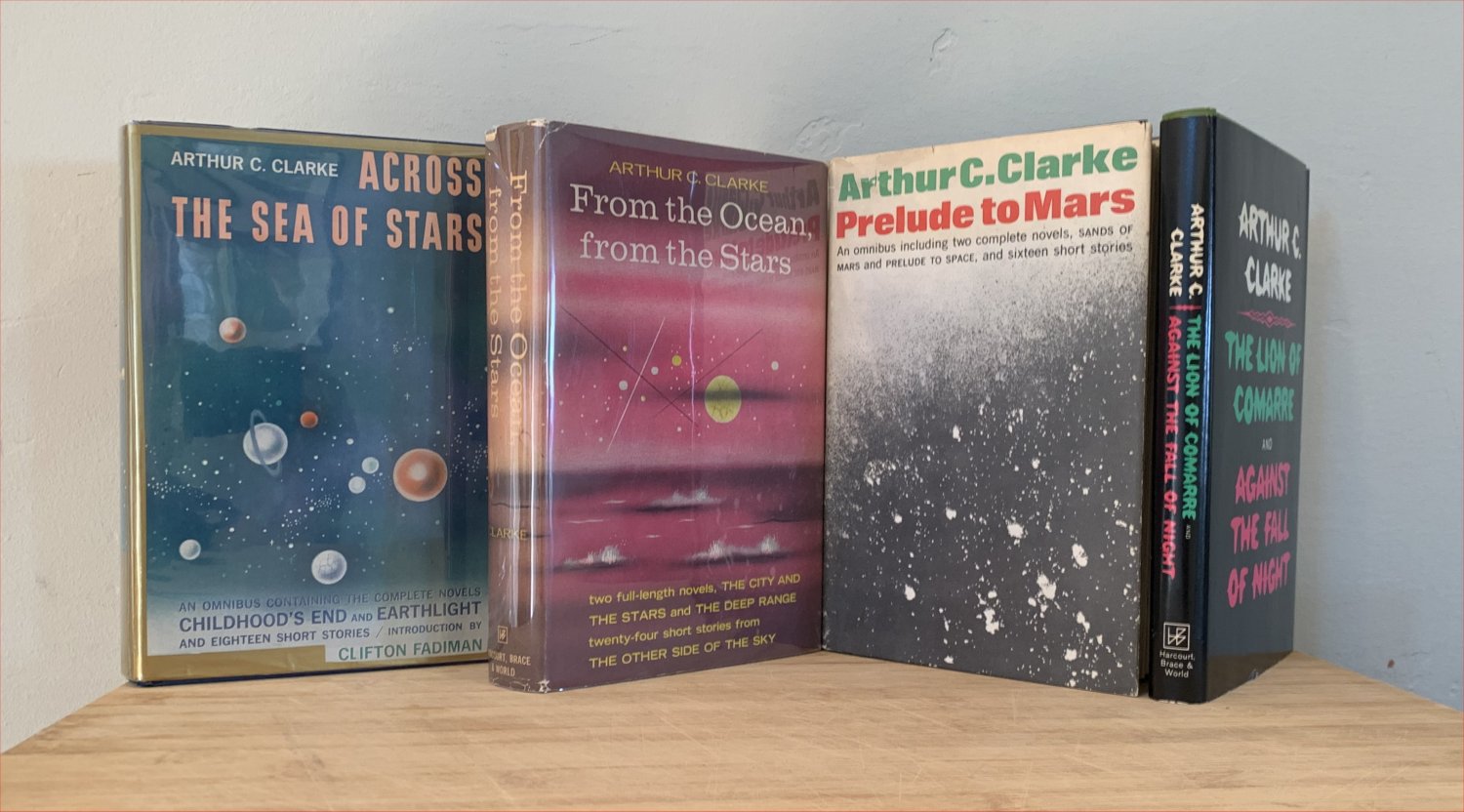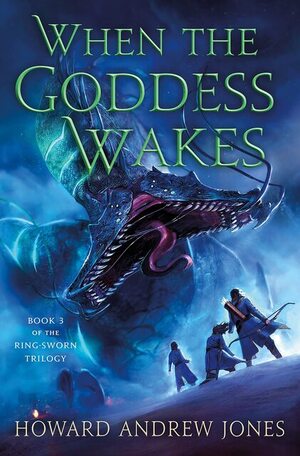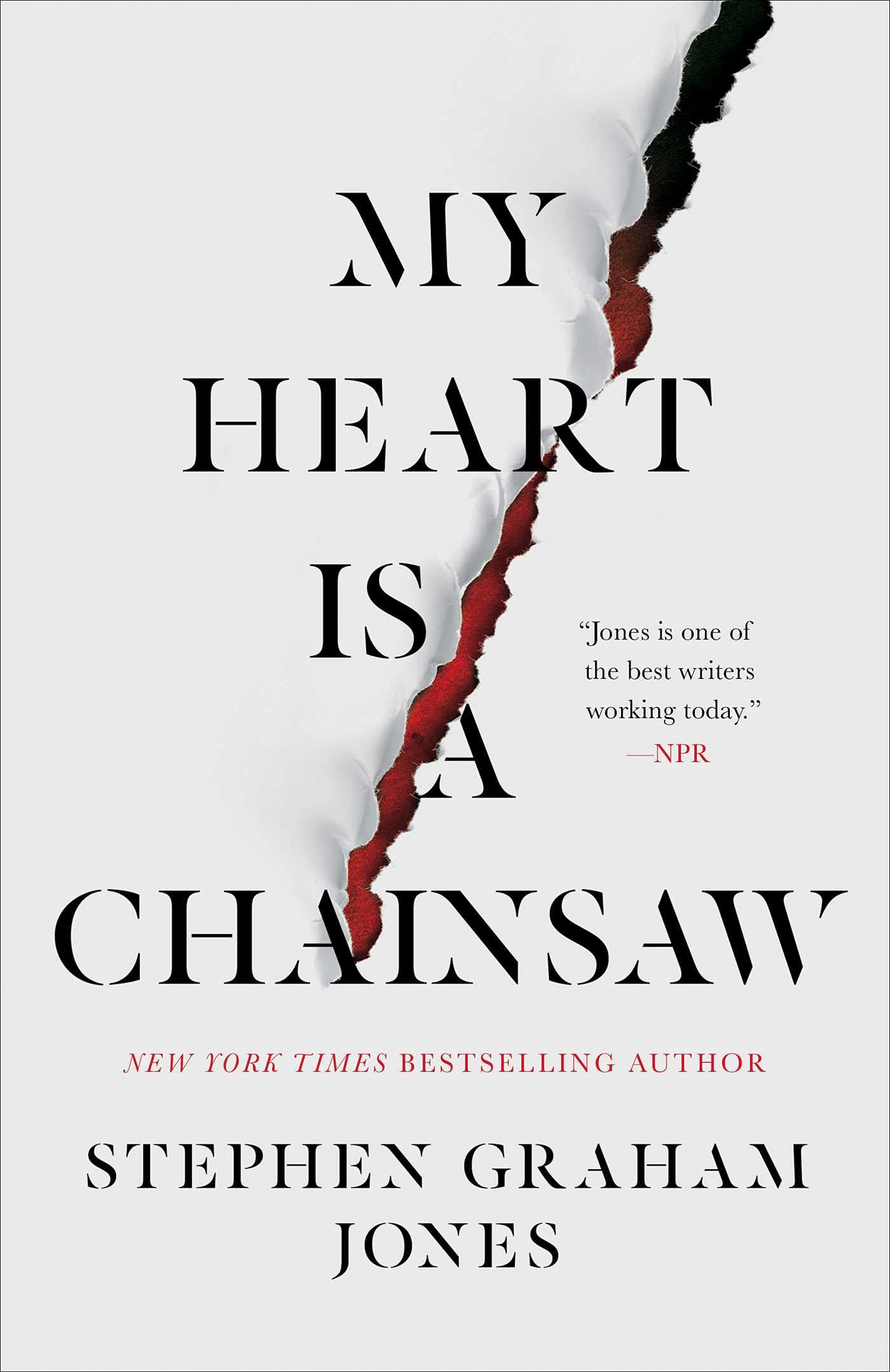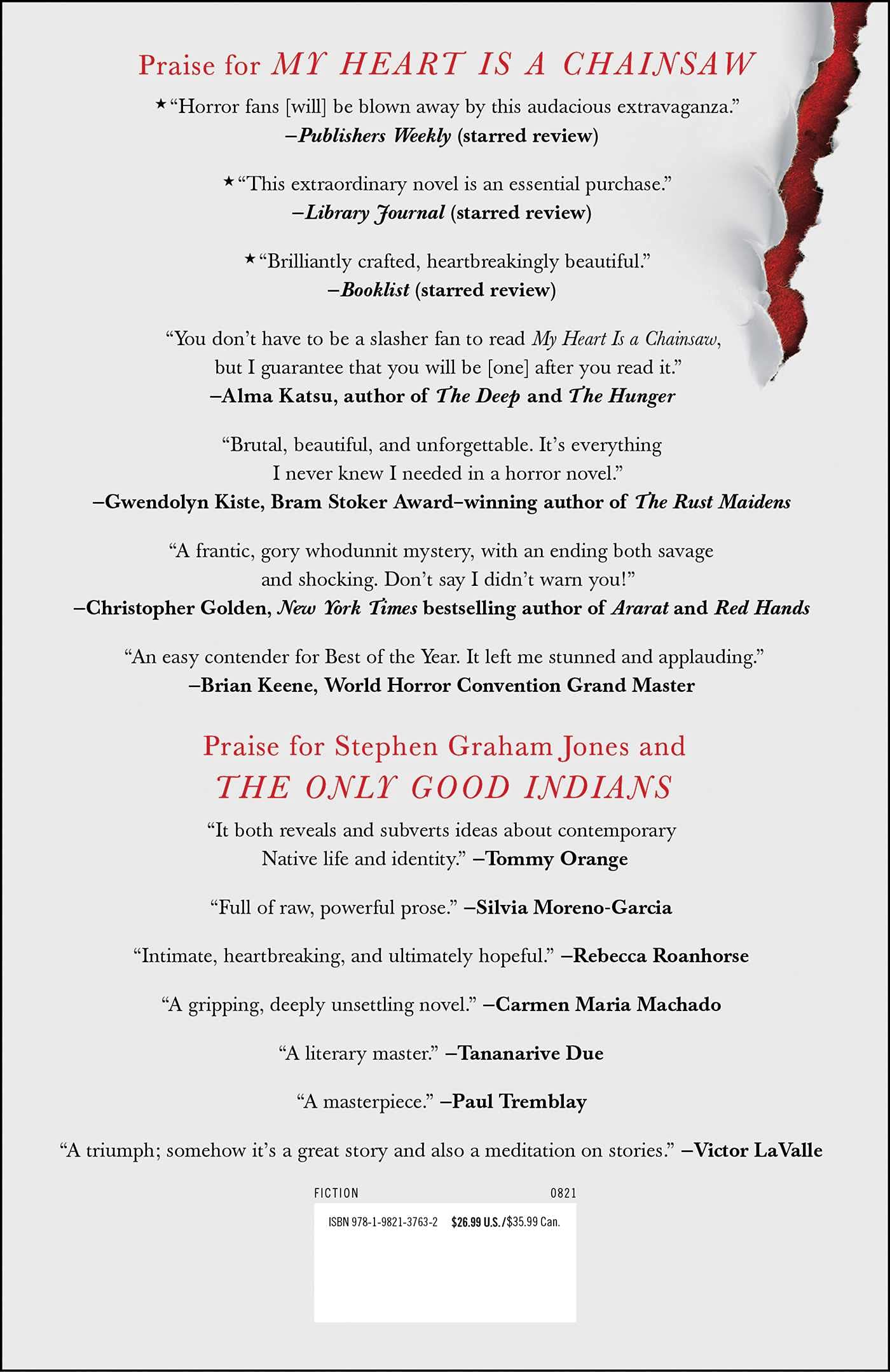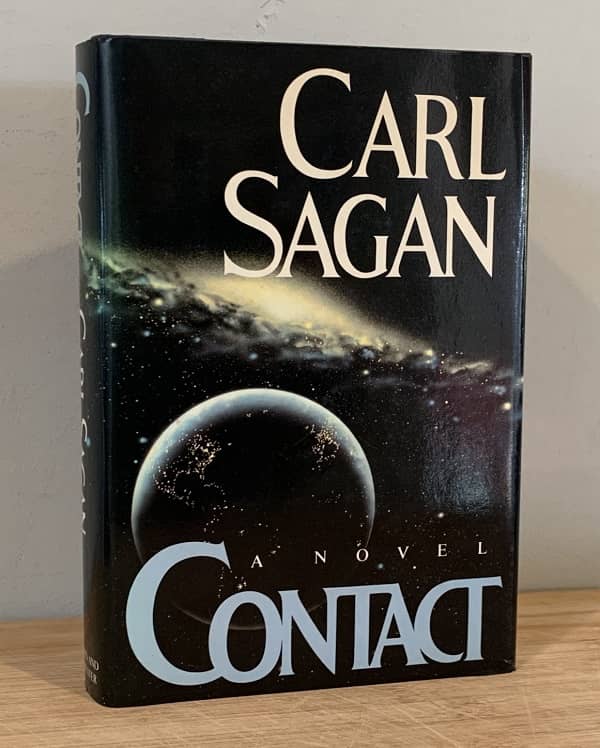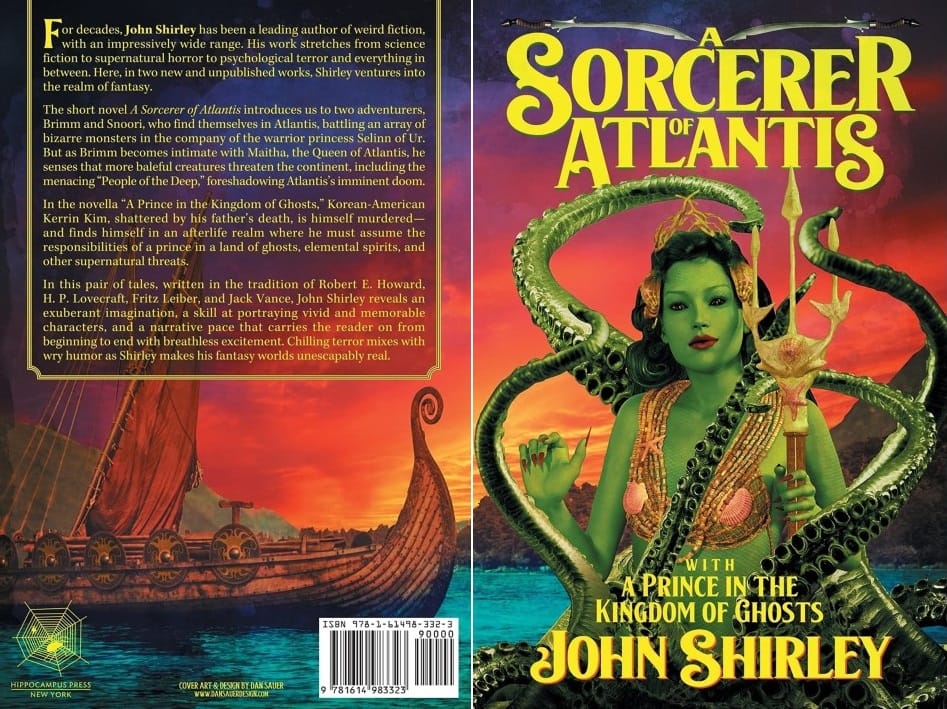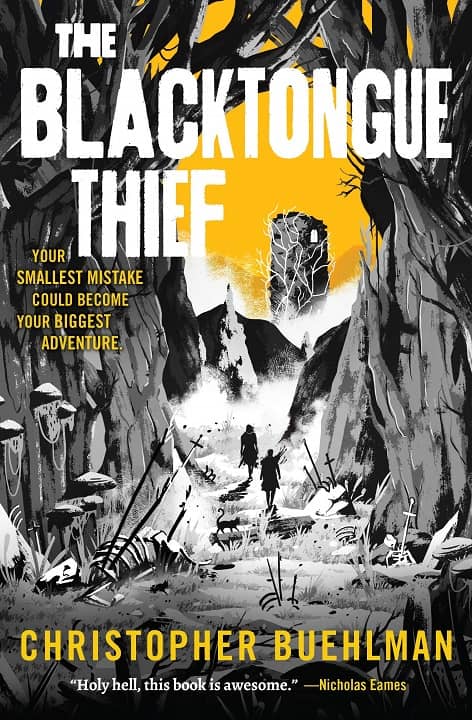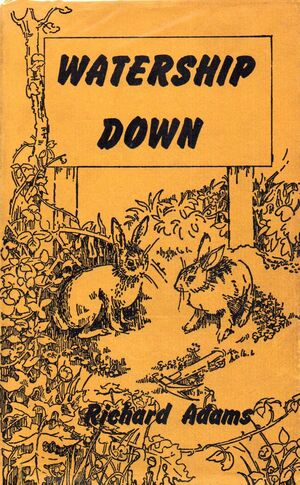 When I was young I watched numerous live-action animal movies on The Wonderful World of Disney (Sunday nights on NBC, right after Mutual of Omaha’s Wild Kingdom). There was Run, Cougar, Run (1972), Nikki, Dog of the North (1961), and my favorite, The Incredible Journey (1963). I had, of course, also seen Bambi (1942), an animated movie that gave voice to its animal characters, unlike the live-action ones. The point being, when my friend Karl told me about an exciting book he’d just read about the adventures of rabbits, it sounded like something I’d like. Watership Down (1972) turned out to be nothing like the movies I’d seen and much more than just a book about rabbits.
When I was young I watched numerous live-action animal movies on The Wonderful World of Disney (Sunday nights on NBC, right after Mutual of Omaha’s Wild Kingdom). There was Run, Cougar, Run (1972), Nikki, Dog of the North (1961), and my favorite, The Incredible Journey (1963). I had, of course, also seen Bambi (1942), an animated movie that gave voice to its animal characters, unlike the live-action ones. The point being, when my friend Karl told me about an exciting book he’d just read about the adventures of rabbits, it sounded like something I’d like. Watership Down (1972) turned out to be nothing like the movies I’d seen and much more than just a book about rabbits.
Richard Adams, a British civil servant in the Ministry of Housing and Local Government, created stories to tell his daughters on car rides. He began with the words “Once there were two rabbits called Hazel and Fiver”. The stories were set in and around the real Watership Down, a grass-covered hill in Hampshire, England. It wasn’t long before his daughters insisted he write them down, and in 1966 he started to do just that. After a years-long search for a publisher, Watership Down was released and achieved commercial and critical success, garnering several awards for children’s literature as well.
The bare bones of the novel’s plot are that a band of male rabbits flee their home warren to find a safe place to establish a new one. Along the way, they face adversity in the forms of scarcity, topography, weather, animal predators, and, of course, man. Unlike all those Disney movies, though, Adams wasn’t content to tell a naturalistic story of rabbits in the wild like a lagomorphic version of Tarka the Otter (1927). In the most basic sense, then, Watership Down is not allegorical; Adams repeatedly made that clear. Nonetheless, he dug deep into the sorts of mythic tropes Joseph Campbell explored in works like The Hero with a Thousand Faces (1949)* and the novel is brimming with archetypal elements, e.g. the young man maturing into a hero, self-sacrifice, existential struggles against evil and death. Though devised as a non-allegorical children’s work, Watership Down, informed by Adams’s conservatism and Christianity, addresses some of the deepest issues of humanity and society without ever stooping to didacticism or condescension. Even socialists have discovered great political meaning in the book.
…
Read More Read More
